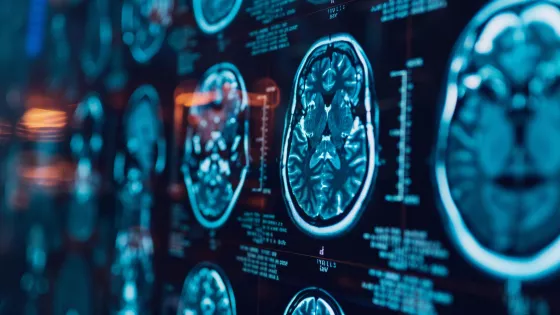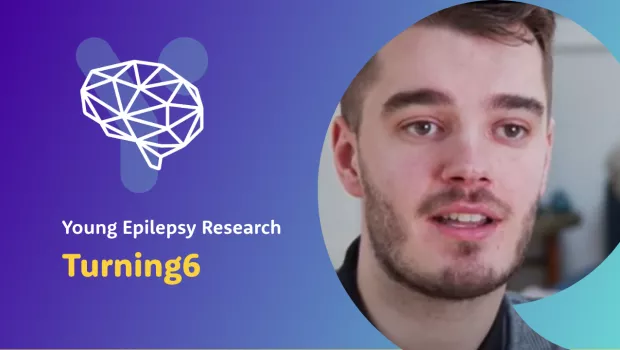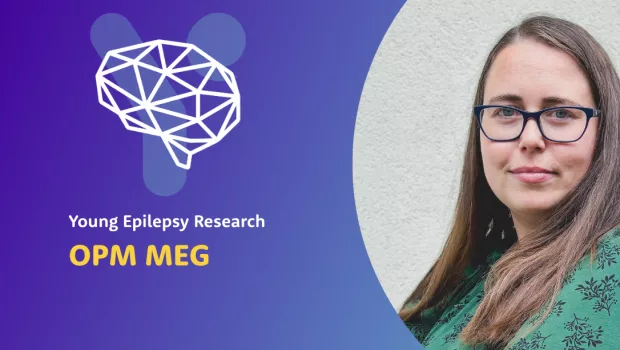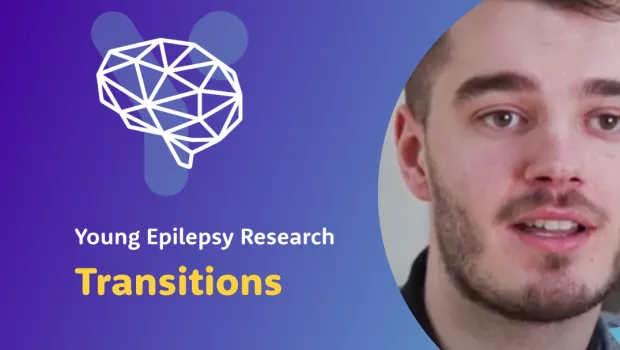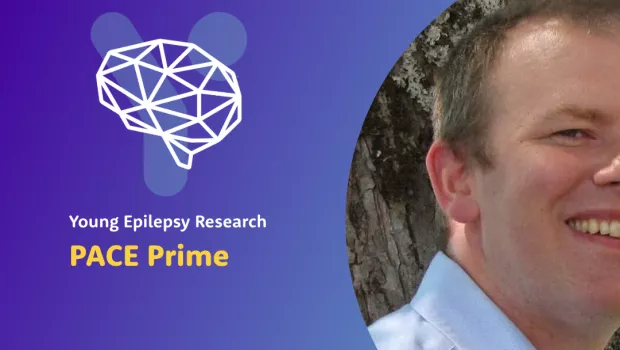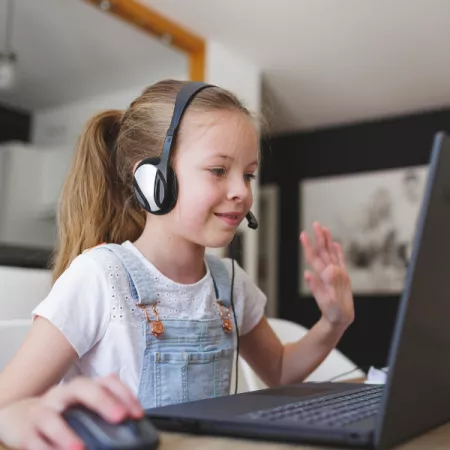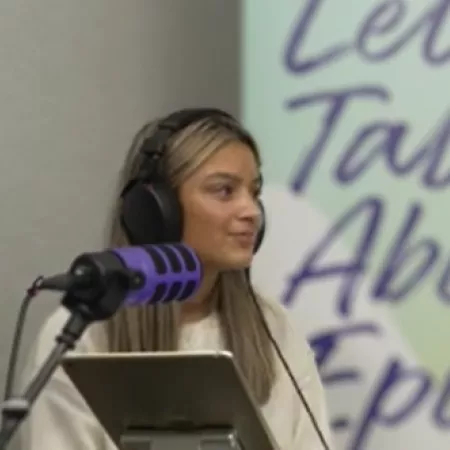Turning6 - Mapping patterns for earlier treatment in epilepsy
We are conducting a long-term follow-up of over 100 children aged 6-9 years old, who were first seen as babies with epilepsy as part of the EPIPEG study. Our aim is to better understand the causes of their epilepsy and the lasting impact on their physical and mental health, wellbeing, and education.
By mapping patterns in the development and presentation of epilepsy, we aim to identify early indicators that can lead to faster and more accurate diagnoses. For instance, if a specific pattern seen in a two-year-old reliably predicts a type of epilepsy typically diagnosed at age seven or eight, we can start appropriate treatment five to six years earlier.
Early intervention like this could significantly reduce the long-term impact of epilepsy on a child’s health and quality of life.
Alongside this follow-up study, we are also comparing the sleep differences of the Turning6 group with a group of children without epilepsy, matched by age and gender. Whether sleep difficulties contribute to ongoing neurodevelopmental problems remains unclear and may differ across the epilepsies, therefore we hope to learn more about the impact of sleep difficulties in this group.
Our goal is to transform how we diagnose and treat epilepsy in young children, giving them the best possible chance at a healthy future.
Interested in taking part? Click here

